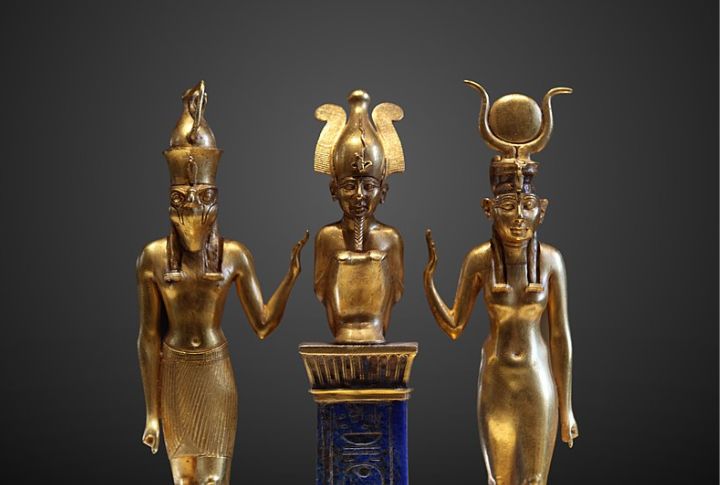
Egyptian gods and goddesses helped shape the culture’s religious beliefs, rituals, and everyday life. With complex personalities and interwoven myths, these deities governed everything from creation to the afterlife. Here are ten lesser-known facts that reveal how deeply divine power ran through ancient Egyptian life.
Ra’s Tears Created Humanity
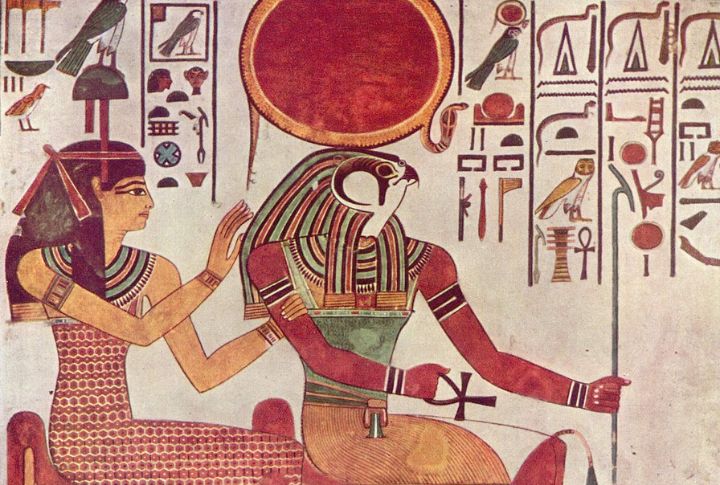
In Egyptian mythology, humans originated from the tears of Ra, the sun god and creator. When Ra wept, his tears fell to the earth and transformed into people. This myth underscores Ra’s vital role in creation and his connection to the life force.
Bastet Was Originally A Lioness Warrior

Before becoming the gentle cat goddess, Bastet was depicted as a fierce lioness. Early representations show her as a protector of the pharaoh. Only later did her image soften into a domestic feline, which symbolized fertility and music, especially during her cult’s festivals in Bubastis.
Osiris Was The First Mummified Being

Mummification in ancient Egypt is rooted in mythology, with strong connections to the god Osiris. According to tradition, Osiris’s body was carefully wrapped in linen by the goddess Isis, establishing a sacred model for preserving the deceased. This ritual became the foundation for Egyptian embalming practices, and Osiris was honored as the god of the afterlife, symbolizing rebirth and eternal life.
Thoth Was Believed To Invent Writing

Often portrayed with the head of an ibis, Thoth is credited with inventing hieroglyphs. He acted as the divine scribe and judge, recording the results of the Weighing of the Heart ceremony. Ancient scribes often prayed to Thoth for wisdom, clarity, and guidance in their writing.
Sekhmet’s Bloodlust Nearly Destroyed Humanity
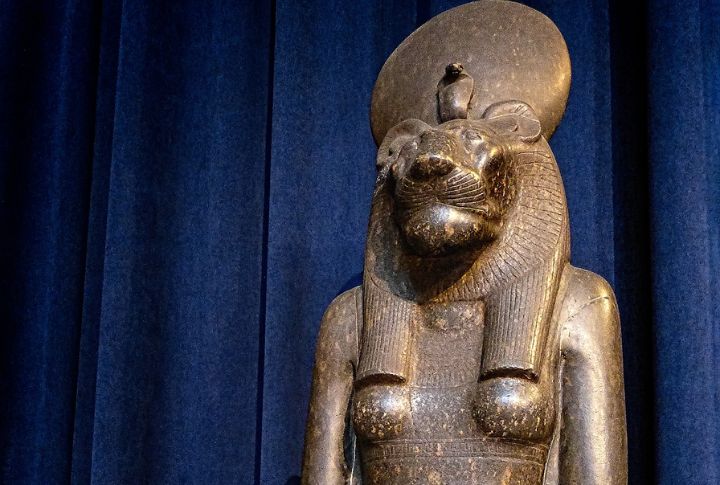
Ra sent Sekhmet to punish human disobedience, but she became uncontrollably violent. To stop her rampage, the gods tricked her by dyeing beer red to resemble blood. After drinking it, she fell into a stupor and calmed down. This myth underscores her duality as both a healer and a destroyer.
Anubis Was The Original God Of The Dead
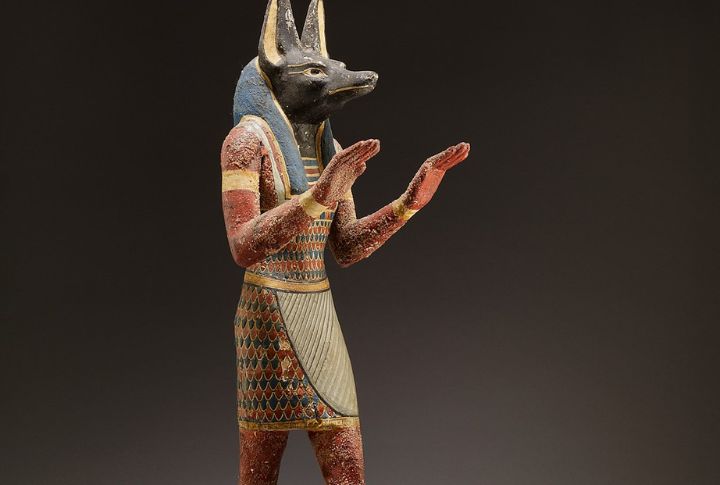
Long before Osiris became ruler of the underworld, Anubis was a primary deity of the dead. He played a vital role in the mummification and guiding of the deceased. Depicted with a jackal’s head, Anubis was associated with cemeteries because jackals often prowled around burial grounds in ancient Egypt.
Hathor Welcomed Souls Into The Afterlife
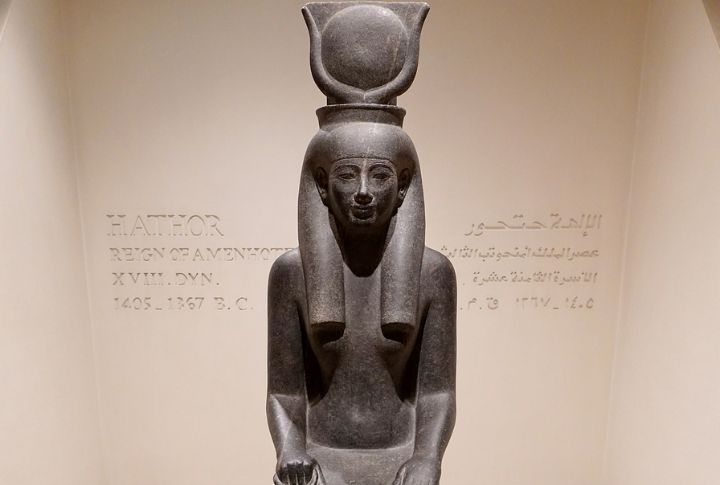
This goddess is known as the goddess of love and joy and was a key figure in death. Hathor was believed to greet the deceased with comforting words in the afterlife. Tomb inscriptions often depict her emerging from a sycamore tree to refresh the newly dead on their journey.
Set Represented Chaos
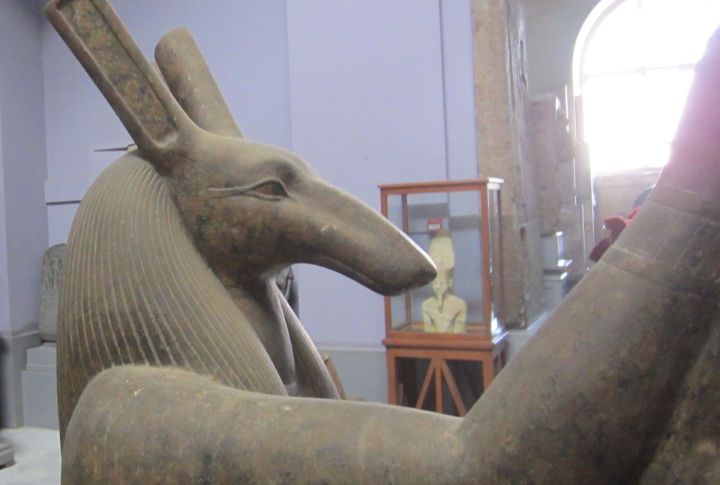
Set, the god of chaos, storms, and deserts, symbolized everything outside Egypt’s ordered society. He murdered his brother Osiris and has since embodied betrayal and disorder. His animal form remains a mystery. Often called the “Set animal,” it combines features of different creatures, which isn’t identifiable with any specific known animal.
Isis Was Worshiped Far Beyond Egypt
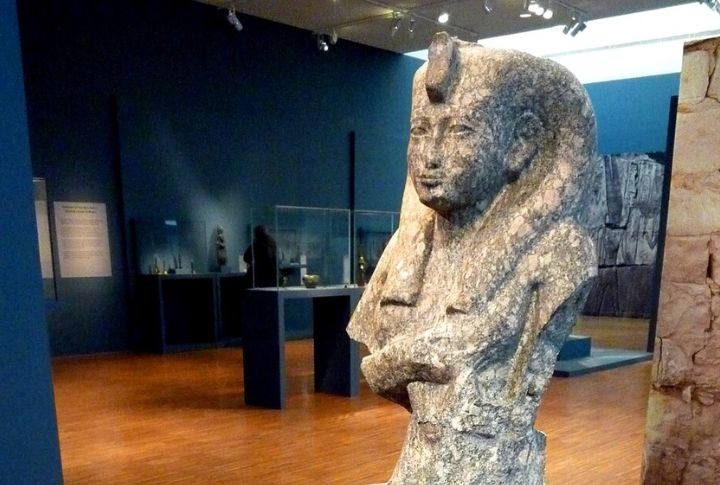
Venerated for her magical prowess and devotion, Isis became one of the most widely worshiped deities of the ancient world. Her cult spread across the Roman Empire, with temples as far away as Britain. Roman-era followers saw her as a universal mother figure and a protector of sailors.
Ma’at Personified Truth And Cosmic Balance
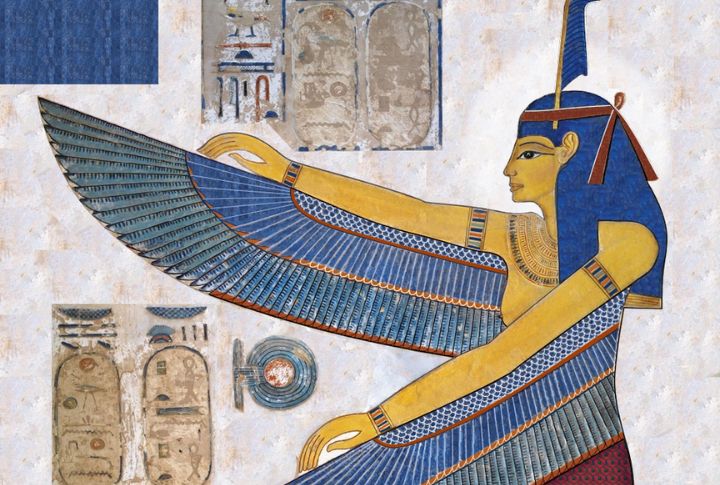
The goddess Ma’at governed through principles rather than wielding power through might. She represented the force that kept the universe in harmony: truth, justice, and order. Her feather was used in the judgment of souls; if a heart weighed more than Ma’at’s feather, the soul was devoured by the demon Ammit.

